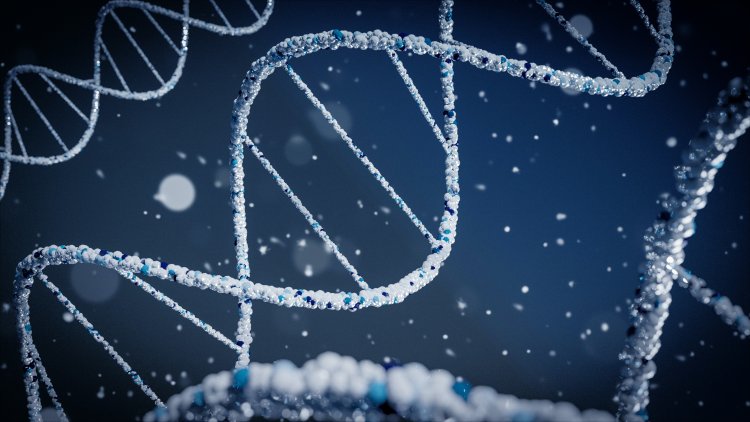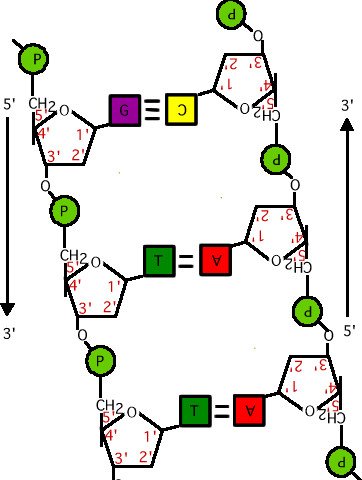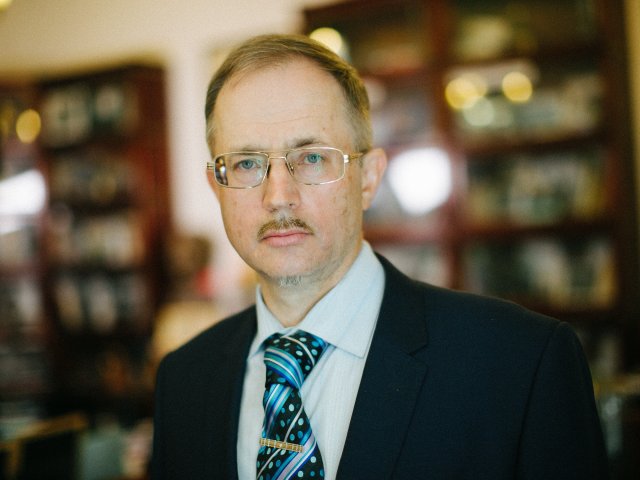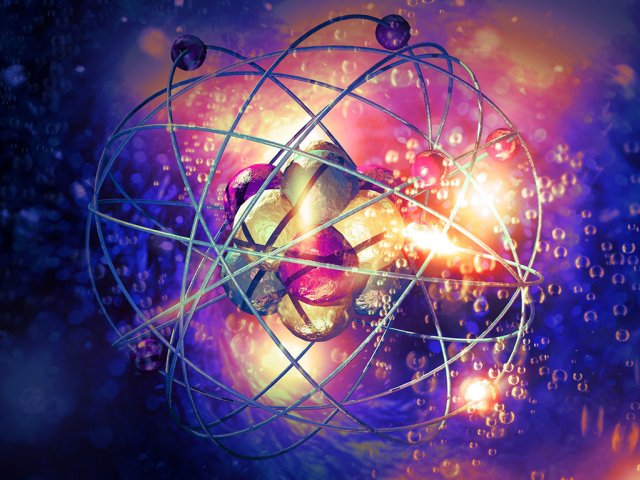April 25 – International DNA Day. It was established after scientists James Watson and Francis Crick together with Maurice Wilkins and Rosalind Franklin first published the results of their study of the structure of the DNA molecule in Nature in 1953.
DNA is the reliable keeper of our genetic information. The discovery of the spiral was a revolution in world science. Once it was discovered, it was possible to decipher the code of heredity, to identify genetic risk, and to move along with programming properties of the body and creating genetic engineering technologies. But what is inside that variegated helix? What do those twisted chains consist of?
What is DNA?
DNA means deoxyribonucleic acid, and that acid carries the genetic code of every living thing. It’s located in the nucleus of a cell. The nucleus is a minute organelle surrounded by a special membrane in which genetic material – DNA – is reliably stored.
DNA is a long molecule appearing as interwoven colored strands. Its structural elements are called nucleotides. In total, there are 4 types of them: adenine (A), thymine (T), guanine (G), and cytosine (C). Nucleotides are linked together in the DNA chain in a certain sequence: GGAATCTAAG… It was first deciphered by James Watson and Francis Crick.
Source:
Colored Strands
Every DNA molecule comprises two interwoven strands of nucleotides twisting around each other in a helical shape.
How are these strands supported up and wound?
This phenomenon is due to complementarity.
Only particular (complementary) nucleotides may appear opposite to each other in both strands: adenine must be opposed by thymine, and guanine must be opposed by cytosine. Guanine is therefore complementary to cytosine as adenine is to thymine.
This is what couples look like:
G — C
A — T
T — А
C — G
Nucleotide chains of DNA are twisted around each other for a reason. Given the huge number of nucleotides, it takes a lot of space to accommodate them. For this reason, they are twisted helically, each helix comprising two strands. This phenomenon is called coiling, resulting in 5 to 6 times shorter DNA chains.
Not all DNA molecules are actively used by the body. Some remain unused completely. Such molecules, besides coiling, undergo additional “compaction,” becoming 25 to 30 times shorter.
Decoding
A DNA molecule is a coded matrix that takes effort to decipher. To read information from it, such data must first land on a special carrier – RNA (chemically, ribonucleic acid). It differs from DNA by its “superpower” to pass through the membrane of the nucleus into the cell, while DNA is confined to the nucleus. Encoded information is used in the cell itself.
DNA strands that hold information begin to uncoil, and then a complementary RNA strand is created in parallel. A copy of RNA passes through the cell and then enters the cytoplasm. There, like a matrix, it can be embedded in special enzyme systems (ribosomes) that can synthesize the sequence of amino acids of a protein.
Based on the triplet code, the ribosome determines which amino acid to attach to the growing protein chain. A specific triplet is responsible for encoding each amino acid.
Everything happens like this: the ribosome “reads” the triplet, and then determines which amino acid to attach as information is read into RNA.
At the end, an amino acid chain is generated. It takes on a spatial form to later become a protein that performs enzymatic, structural, hormonal and other functions. Protein is important for any living organism. Being a product of the gene, it determines the properties, qualities and external manifestations of genes.
Photo on the page and on the home page: Braňo / Photo bank Unsplash























